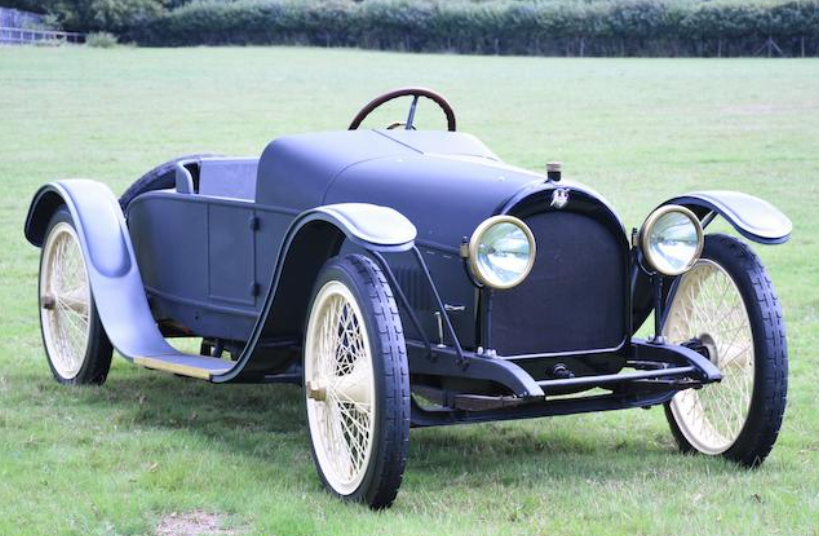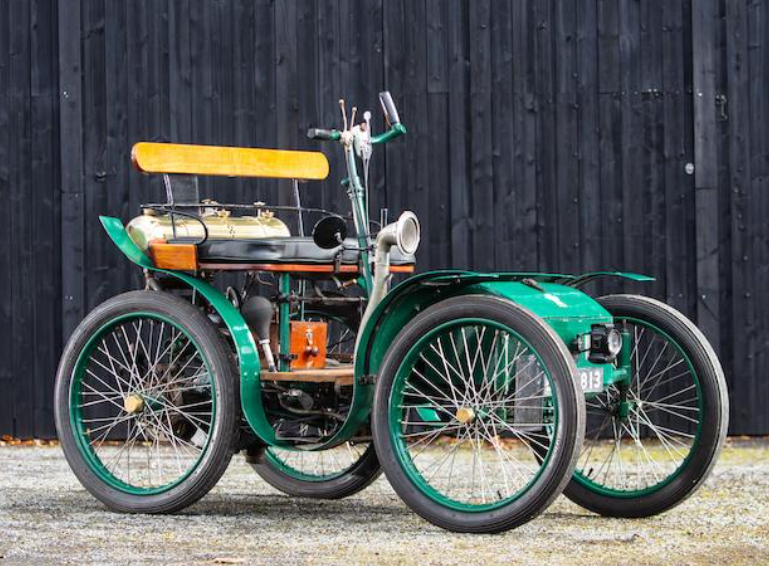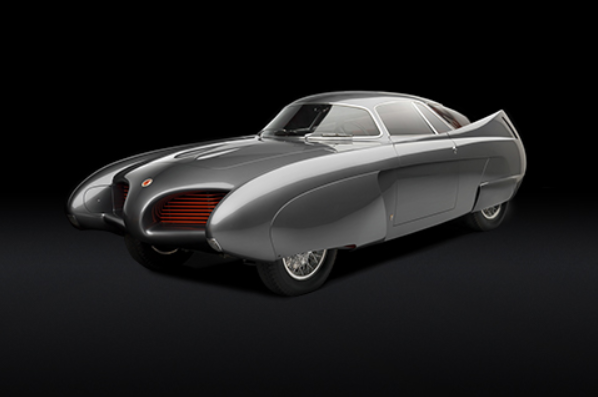1920 Westcott Model C-48 Sedan
Offered by RM Sotheby’s | Online | November 12-19, 2020

Sweet watermark. The Westcott Carriage Company was based in Richmond, Indiana, beginning in 1895. They didn’t build their first car until 1909, and it was a simple buggy. The following year they launched right into the production of a four-cylinder car. Westcotts were assembled cars, meaning they were built using off-the-shelf parts from other manufacturers.
They relocated to Springfield, Ohio, in 1916 and continued building cars through 1925. The C-48 was offered in 1920 and 1921, and it was the larger of the two models offered in each of those years. It is powered by a 51-horsepower inline-six and was actually less powerful than the smaller Model C-38 that was sold alongside.
Three body styles were offered, and this seven-passenger sedan is one of 1,850 Westcotts of all types built in 1920. It was actually used as the mayor’s car on Boardwalk Empire. It is now offered without reserve. Click here for more info and here for more from this sale.
Update: Sold $27,500.









